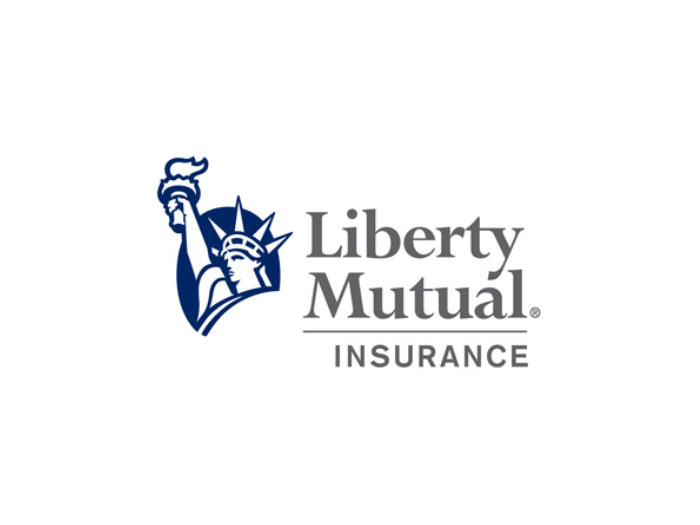Insurers Should Monitor the Pulse of These 4 Emerging Regulatory Trends

The legal/regulatory landscape is ever changing, and with a new year already underway, insurance companies need to be on top of key regulations if they want to continue to build successful risk and compliance strategies.
To do just that, Deloitte released a report on key areas within the regulatory landscape where they expect change and other possible growing trends. The report, “Leading in Times of Change: Insurance Regulatory Outlook 2019,” highlights several places in which regulators are giving their attention this year. And at the forefront is cyber security.
1) Cyber Security and Data Privacy
Now that hacking and data breaches have fallen into the category of the inevitable, cyber security and data privacy dominate the regulatory agenda.
In just 2018, the EU General Data Protection Regulation (GDPR), the California Consumer Privacy Act (CCPA) and the New York Department of Financial Services Cybersecurity Regulation all came into effect.
Each had an impact on how businesses collect and use consumer data, reinventing the way the risk is looked at as a whole. GDPR regulates personal data pertaining to any person or company within the European Union; the CCPA expanded the rights for consumers to know how a company uses their information; and the N.Y. regulation requires financial services companies to establish and maintain a cyber security program.
Moving forward, the report said several more countries are looking to implement or enhance already-existing regulatory requirements, from Brazil and the UK, to the U.S. and Australia.
“For insurers to remain competitive,” said the report, “they need the ability to acquire and manage vast quantities of data to provide more relevant coverage for consumers.” This is particularly true in cases where businesses outsource data-collection activities and it becomes third-party risk.
2) Analytics and Modeling
“The year 2018 appears to have been the turning point for insurers embracing the use of analytics and modeling to help manage their operational risk and regulatory compliance exposures,” noted the report.
There has been a trend of firms adding data scientists to their risk teams, enabling many to start the conversation on improving data analytics and what that will do to and for the industry. But while innovation has its upsides, data analytics is also proving an emerging risk. Some regulators have begun questioning why firms have not proactively identified certain risks given the amount of information they already have at their finger tips.
Additionally, other high-priority areas are being identified, including emerging risks related to the regulatory market conduct exams, policy rate accuracy and related laws and regulations, and sales practice misconduct.
So how can insurance keep on top of analytics in 2019? “Firms should strive for meaningful progress in the year ahead, using periodic checkpoints to refine their goals; demonstrate progress, value, and ROI; manage internal expectations; and adjust course as needed.”
3) Fraud as an Epidemic
According to Deloitte, insurance fraud is a major issue for the industry, estimated as an $80 billion-a-year problem. Both hard fraud — perpetuated by criminal organizations intent on committing fraud — and soft fraud — committed by individuals through benign acts like exaggeration, embellishment or misrepresentation — have each taken a toll.
An estimated 3 to 5 percent of every claim dollar is lost to hard fraud, while 5 to 25 percent of every claim dollar is lost to soft fraud.
U.S. states are cracking down the best way that they can — through regulatory action. In 2018, Michigan became the 42nd state to form a fraud bureau. Additionally, 43 states have mandatory fraud reporting statutes, 22 require companies to have anti-fraud plans, and 15 require companies to utilize special investigative units. For 2018, 30 anti-fraud bills were enacted, with 26 bills still pending.
An estimated 3 to 5 percent of every claim dollar is lost to hard fraud, while 5 to 25 percent of every claim dollar is lost to soft fraud.
State legislatures across the country are continuing along this path, and insurance companies would fair best to review what’s in motion per state and how each might impact their business.
A Coalition Against Insurance Fraud study has found companies to be embracing new and innovative technologies to combat fraud as well. Others have implemented the following analytics techniques to the mix:
- Data exploration: Identifying trends, outliers and circumstantial anomalies through exploratory data analysis.
- Geospatial analysis: Using geographic coordinates to identify spatial patterns and anomalies.
- Social networking: Visualizing and analyzing relationships to identify key players and uncover hidden patterns.
- Machine learning: Leveraging advanced modeling techniques such as neural networks, random forests and regression to uncover subtle fraud patterns.
4) Insurtech
Some of the latest innovations in technology include artificial intelligence, algorithms and robo-advice, smart contracts, the Internet of Things, wearables, blockchain and more.
“All of these technology innovations have significant potential benefits for consumers; however, they also pose challenges that may trigger regulatory scrutiny,” said the report.
Regulators have found that while Insurtech has primarily supported the insurance industry, it has been challenging to monitor and assess its effect.
Robo-advice, according to the report, is a good example. While this technology can enable consumers to receive advice at a lower price point, its uncertain whether the tool is providing accurate advice compliant with the parameters set up for human advisers.
To stay ahead of a changing tech environment, the report suggests that insurers inform and involve regulators early in the Insurtech adoption process, both emphasizing the need to work together and bringing relevant, innovative products to market more quickly, “which is something all stakeholders should find appealing.” &










